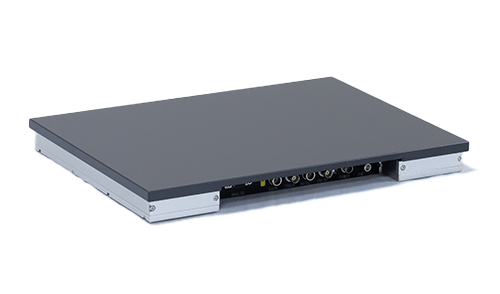Biomechanics/Sports Engineering
-
Scientific Approach to Sports and Exercise
In recent years, the range of measurable and quantifiable aspects of physical movement has greatly expanded. By analyzing sports and exercise through scientific measurement, traditional training methods and coaching approaches have gradually evolved. Among various types of measurements, force measurement is one of the most critical. Movement and force are closely interconnected — whenever motion occurs, energy is generated, and force is produced. For instance, in running, that force must be converted into propulsion, and in sports involving equipment or tools — such as ball games — the generated energy must be efficiently transferred to the ball or object.
-
Measuring Energy and Performing Simulation (Inverse Dynamics Analysis)
The origin of all such energy lies in the forces generated by the human body, and measuring these forces provides highly meaningful insight. In sports and motion analysis, motion capture systems are often used, and inverse dynamics calculations are performed to simulate body movement. In these analyses, force sensors and force plates are indispensable measurement devices. Many sports involve complex movements, and top-level athletes often produce exceptional power outputs beyond standard ranges. Although theoretical calculations can estimate force values from motion data, in complex actions or movements involving internal forces such as isometric contractions, such calculations can be incomplete. By integrating directly measured data from force sensors or force plates, the accuracy and reliability of motion simulations can be greatly improved.
-
How to Measure Force with High Precision
To achieve accurate force measurement, both the placement and mounting method of the sensor are extremely important. In general, the closer the sensor is to the point of force generation — the source of energy — the more directly the load is applied, and thus the more desirable the measurement. Conversely, as the distance increases, indirect loading introduces additional factors such as moment effects and the influence of joints or interfaces that transfer the load to the sensor. (Of course, the optimal setup varies depending on the measurement purpose and target.) As a Japanese manufacturer of force sensors and force plates, Tech Gihan has the expertise to adapt to a wide range of experimental environments, sports equipment, and athletic tools. We can modify sensors, design mounting fixtures, and even develop fully customized force sensors to ensure the sensor is installed at the most optimal location for each application. This flexibility allows us to support diverse measurement scenes and research requirements.


